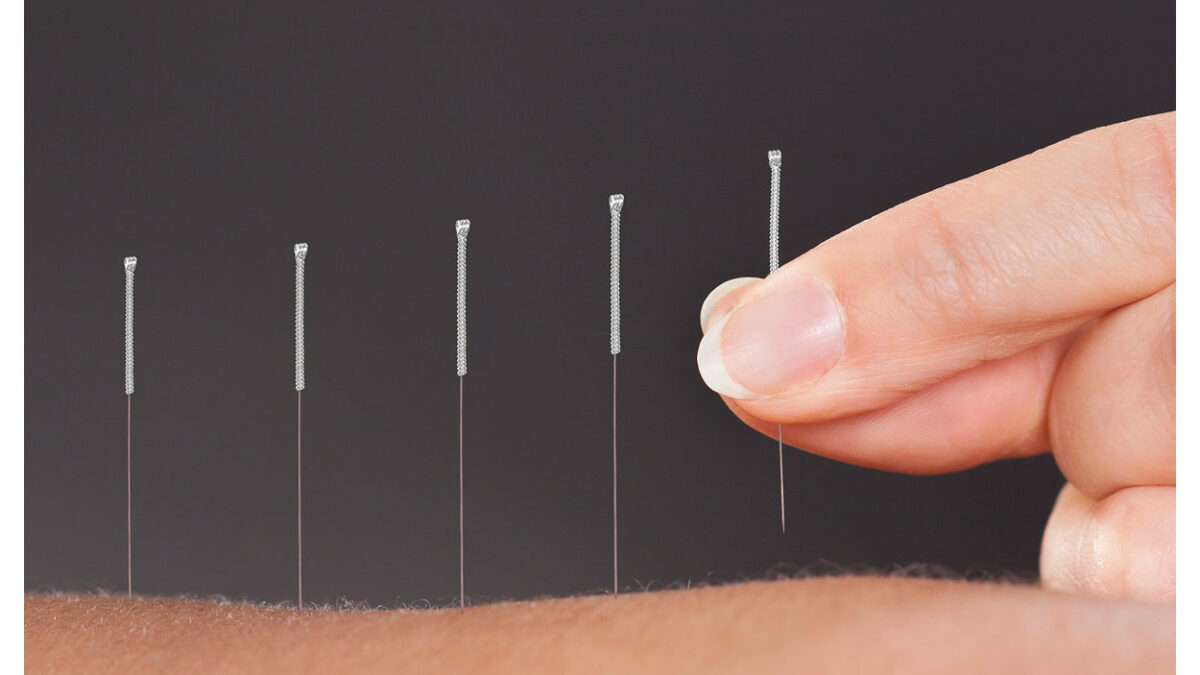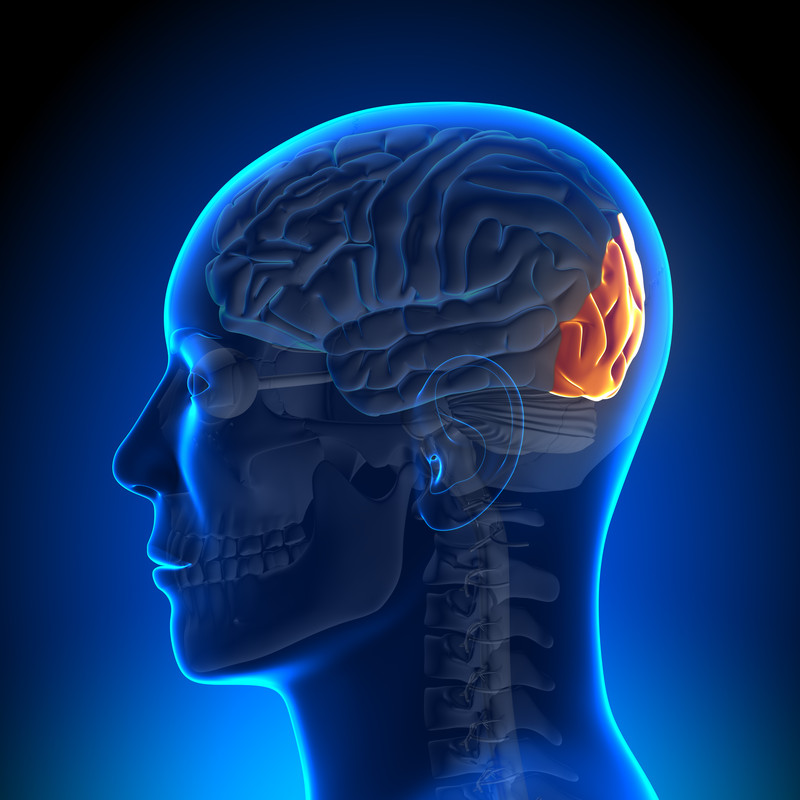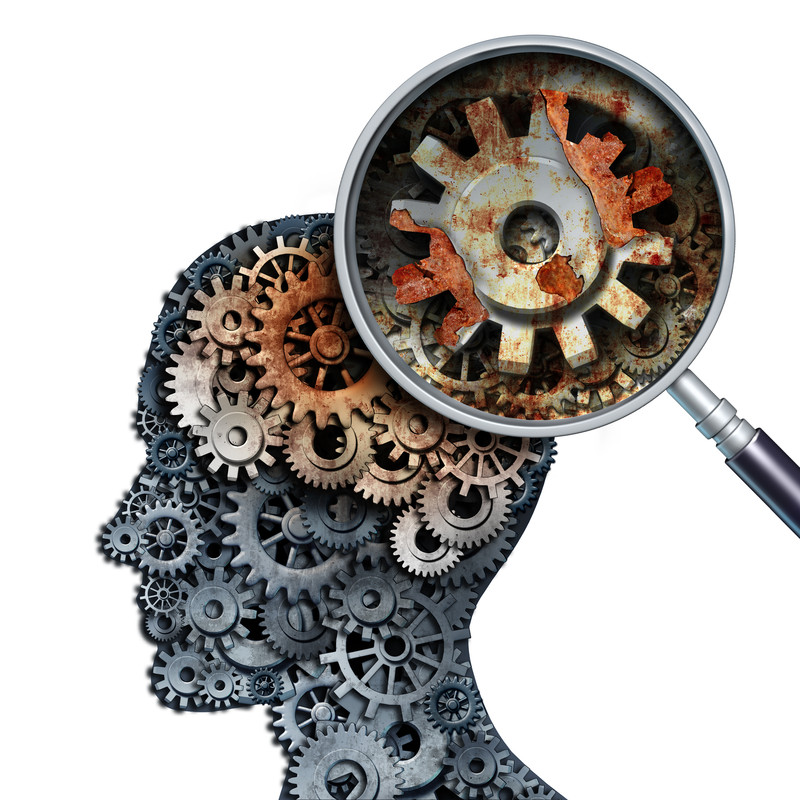
In recent years, people around the country have increasingly heard about medical marijuana. It’s been a hot topic among those using grassroots efforts to get it legalized, as well as from voters and legislators. Today, medical marijuana is legal in 24 states, having been legalized by voters or legislators, and is expected to become more widespread in time. With so much access to it around the country, those administering it are now being offered some guidelines for doing so.
The American Pain Society has issued guidelines for those who administer medical marijuana. With many people smoking or eating it to help relieve chronic pain, they advise that it should not just be given out to anyone who requests it. They also warn that people shouldn’t be left to self-medicate with it without having the support and supervision of a clinician. They believe that the use of medical marijuana should be monitored in patients in the same fashion for those who are being treated with opioids (1).
Additionally, their guidelines include advising patients on cannabis strains, cannabinoid medications or extracts, and explaining the limitations that medical marijuana has due to the market not having a uniform regulatory model in place. They concluded by recommending that additional research be conducted on medical marijuana, so that we can fully realize the clinical potential and therapeutic use. States that now have legal medical marijuana often have dispensaries, where people can go to obtain a variety of strains, with products being available to smoke, inhale, or eat.
It is important to note that the National Institutes of Health (NIH) reports that marijuana use can cause problems with learning, memory, and behavior. They also report that smoking it can lead to the same breathing and coughing problems that those smoking cigarettes can have, and some people do become addicted to it after long term use (2).
According to the NIH, marijuana has been used for a variety of health conditions for over 3,000 years (2). They do note that the Food and Drug Administration has not approved marijuana to be used as medicine, but they do report that there have been scientific studies using cannibinoids, the chemicals in marijuana, that show they treat nausea caused by chemotherapy, and increase appetite in patients who have severe weight loss from HIV/AIDS (3). Currently, additional research is being conducted to learn more about how medical marijuana can be used to treat diseases and various conditions.
Sources:
1. Clinical Pain Advisor. American Pain Society Issues Guidance on Medical Marijuana for Pain. http://www.clinicalpainadvisor.com/practice-management/american-pain-society-issues-guidance-on-medical-marijuana-for-
2. National Institutes of Health. Medical marijuana. https://nccih.nih.gov/health/marijuana
3. National Institutes of Health. Marijuana. https://medlineplus.gov/marijuana.html







